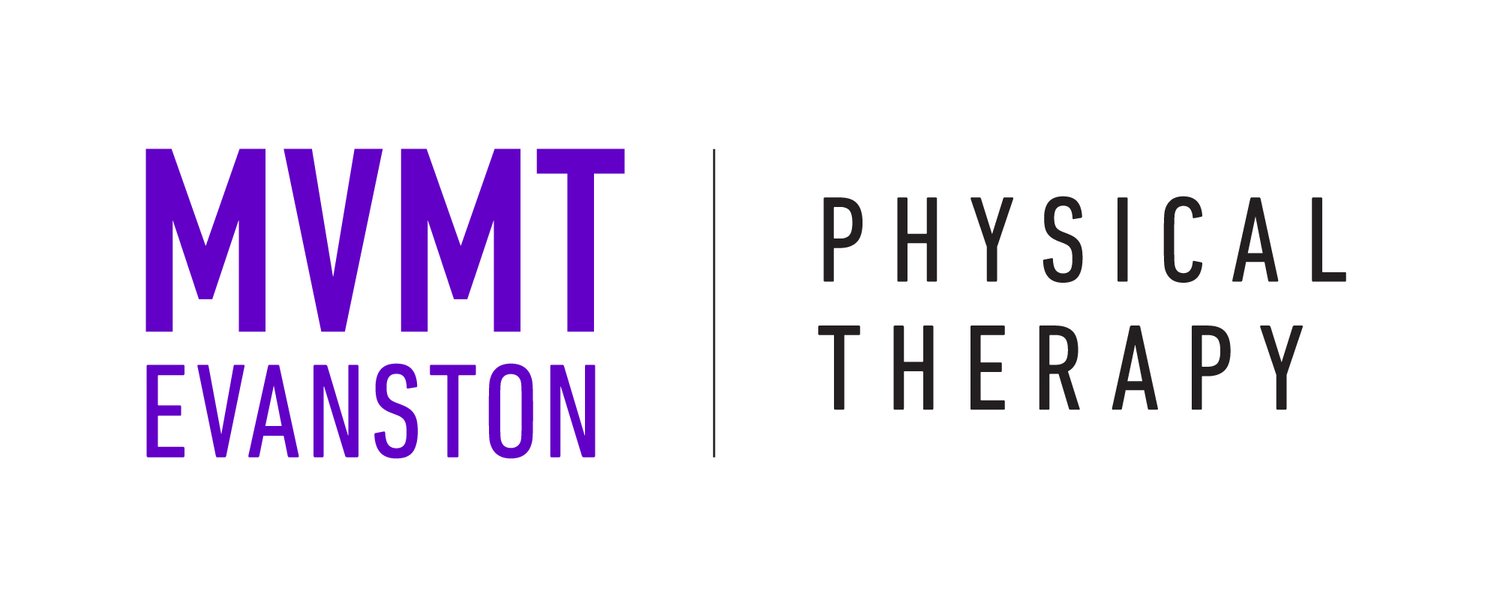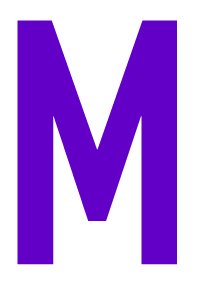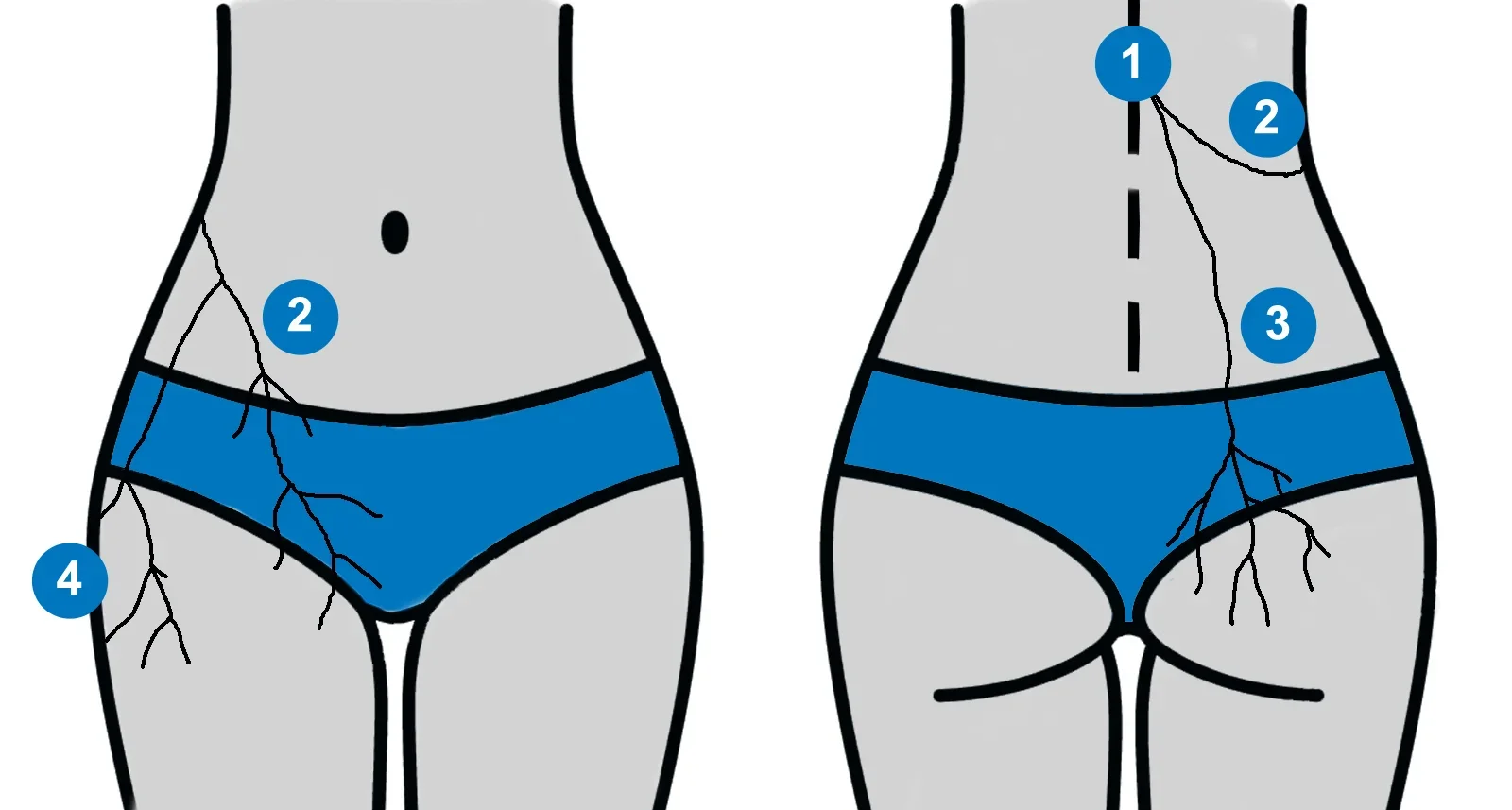“My what?” - The story with TLJ
Nick, my former student and now collegue, and I joke about how our niche in PT is now the TLJ (thoracolumbar junction syndrome).
When he was my student, I had a patient with TLJ syndrome and told him “this is a rare diagnosis, you won’t see it that much”
Welp, I lied.
In one year, between us, we have easily seen 40+ people with this mysterious little diagnosis.
One person - avoided surgery. One person - their chronic hamstring “tendonitis” went away.
I’m not promising the stars here, however, if you’ve had nagging back/hip/thigh/glute pain - get checked out for this.
Let’s unpack what it is, why it happens, and what you can do to feel better.
What Is the Thoracolumbar Junction?
Your spine isn’t just one long column — it’s made up of different sections that each move a little differently.
The thoracolumbar junction (say it “thor-ah-co-lum-bar”) is the area where your middle back (the thoracic spine) meets your lower back (the lumbar spine).
This spot — around the bottom of your ribs — is a transition zone between the stiffer upper spine and the more flexible lower spine. Because of that, it takes on a lot of twisting, bending, and load-bearing stress every day.
What Is Thoracolumbar Junction Syndrome?
Thoracolumbar Junction Syndrome (TLJS) happens when the joints, ligaments, or nerves in this area get irritated or stiff. That irritation can cause pain not just at the spine, but also in nearby areas — leading to confusing symptoms like:
Aching or tightness in the lower back
Pain in the hips, buttocks, or side
Discomfort in the groin or even lower abdomen
Because of how nerves travel, this pain often feels like it’s coming from the hip, pelvis, or internal organs — which is why TLJS is sometimes mistaken for kidney problems or muscle strain.
Truth be told, I love/hate this photo. HOWEVER - I have shown it to multiple patients and the lightbulb brightens and they say “Oh, THAT’s where my pain is!…. but why do they need to wear high cut bikini bottoms?”
Figure 1: Maigne’s syndrome is defined as pain being referred from the thoracolumbar junction along the length of the nerve pathways above. In the above image, (1) thoracolumbar junction, (2), pain being referred into the inguinal and groin region, (3) into the gluteal and sacroiliac region, (4) into the outer thigh region.
Why Does It Happen?
A few everyday habits and issues can lead to problems at the thoracolumbar junction, such as:
Poor posture, especially from slouching at a desk or phone
Prolonged sitting or lack of movement
Repetitive twisting or bending (common in certain sports or jobs)
Falls or injuries that strain the spine
Subopitmal movement patterns
In CrossFItters, loss of midline strength in the squat, clean, etc.
Even things like an uneven walking pattern, leg length differences, or tight muscles can put extra stress on this area.
Common Symptoms
People with TLJS often describe:
A dull, aching pain near the bottom of the ribs or just above the waist
Pain that wraps around to the side or front of the body
Tenderness when pressing on the spine in that region
Pain that gets worse after sitting too long or twisting
Unlike a slipped disc, TLJS usually doesn’t cause numbness or tingling in the legs — just local or referred pain.
How It’s Diagnosed
There’s no single test that proves you have TLJS. Instead, a healthcare professional (like a physiotherapist, chiropractor, or doctor) will:
Ask about your symptoms and when they happen
Press along your spine to find tender spots
Check your posture, movement, and flexibility
Imaging like X-rays or MRI scans might be done to rule out other conditions, but they often look normal in TLJS cases.
How It’s Treated
The good news? Thoracolumbar Junction Syndrome is very treatable, especially when caught early.
1. Manual therapy
Spine mobilizations of the thoracic, lumbar and TLJ. Soft tissue work via dry needling, cupping or massage. Bring down the symptoms to improve mobility.
2. Mobility, strength and control
With many diagnoses, PT’s will categorize you into subgroups and choose treatment options based on that. One such subgroup is the stiff thoracic spine compared to a more mobile lumbar spine. Another subgroup is poor midline strength (either the “abs”, obliques, or lumbar extensors). Another subgroup is that of poor motor control and lack of optimal breathing patterns with lifiting.
I’m sure you came to this blog in hopes for “THE THREE BEST EXERCISES FOR TLJS!” - sorry. You gotta see a PT to determine what “bucket” you fall into else you might be wasting your time.
3. Better posture habits
Truth be told, your “best posture is your next”. Isn’t that cute? I didn’t come up with it. I would rather you move as much through the day as possible, something every 15 minutes. However, the typical pattern I have seen is that folks “hinge” on the TLJ with sitting.
In addition to sitting posture, your sleeping posture can influence this diagnosis. For example, if you sleep in the “chalk outline of a dead body” position (not PC I’m sure), and you always favor one side - you may have to try different sleeping positions until things calm down.
The Bottom Line
Thoracolumbar Junction Syndrome might not be a household name, but it’s a real and often overlooked cause of persistent back, hip, or side pain. The good news is that with the right treatment, posture awareness, and movement habits, most people recover fully.
If your back pain doesn’t seem to fit the usual pattern — especially if it wraps around to your side or groin — it’s worth asking your healthcare provider whether the thoracolumbar junction might be the hidden culprit.



